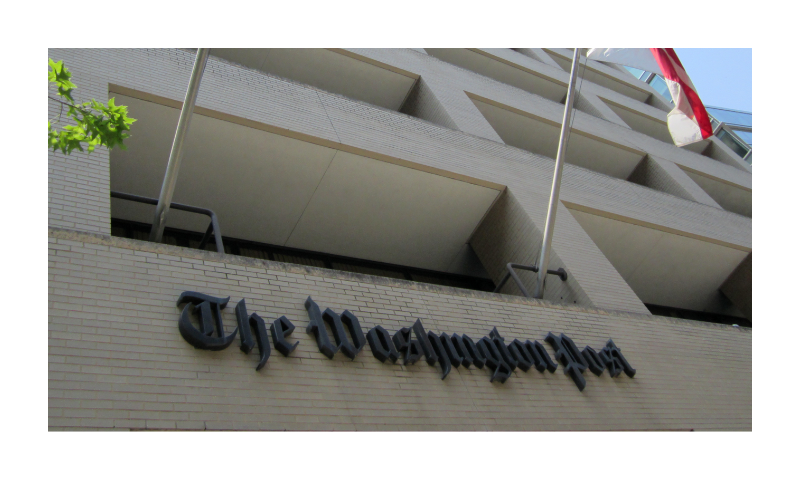Sean Durns
JNS, July 9, 2023
“… the Post attempts to blame the Jewish state for Palestinian terrorism. Some reports insinuated that the increase in violence is due to the reelection of Prime Minister Benjamin Netanyahu.”
“One cannot and must not try to erase the past merely because it does not fit the present,” former Israeli Prime Minister Golda Meir purportedly said. But The Washington Post, which fancies itself an arbitrator of truth, is trying to do just that. Like the terrorists it effectively defends, the Post’s coverage of Israel’s latest counterterrorist operation in the town of Jenin is prone to misfires.
The Post began by trying to offer a “timeline on the Israeli-Palestinian conflict.” Despite assigning three reporters to the task, the Post failed. It implied that the conflict began in 1948 with Israel’s Declaration of Independence. This is false.
What is more accurately called the Israeli-Islamist conflict began decades before. As the Committee for Accuracy in Middle East Reporting and Analysis (CAMERA) has highlighted, Arab leaders in British-ruled Mandatory Palestine began to oppose any semblance of Jewish self-determination in the Jewish people’s ancestral homeland as early as 1920.
Arab leaders like Amin al-Husseini, among others, incited anti-Jewish riots throughout the land, including pogroms in Jerusalem in 1920 and 1921. Importantly, Husseini initially did so while agitating for the Arab population of the area to join the short-lived Syrian kingdom of Faisal. He did not advocate for a Palestinian Arab state. He wanted a state in which Jews would be denied social and political equality.
Arab violence reached its zenith in the 1929 massacres in Hebron and elsewhere. “More than 60 Jews—including many women and children—were murdered and more than 50 were wounded,” a subsequent investigatory commission would note.
That violence, historian Anita Shapira observed, marked a “turning point” in the emerging conflict. Yet the Post ignores it entirely. It also fails to note that Arab leaders like al-Husseini would spend the 1930s and early 1940s allying themselves with the fascist powers of Mussolini’s Italy and Hitler’s Germany. They even secured arms from both nations.
Terrorist groups like the Green Hand were formed in the 1930s that attacked Jews, rival Arab groups open to compromise and the ruling British authorities. Sheikh Izz ad-Din al-Qassam, a fiery Islamist from what is now Syria, launched his own terrorist organization, which perpetrated scores of attacks before British police cornered and killed him in 1935. Today, Hamas names the rockets it fires at Israeli civilians in al-Qassam’s honor.
… [To read the full article, click here]


